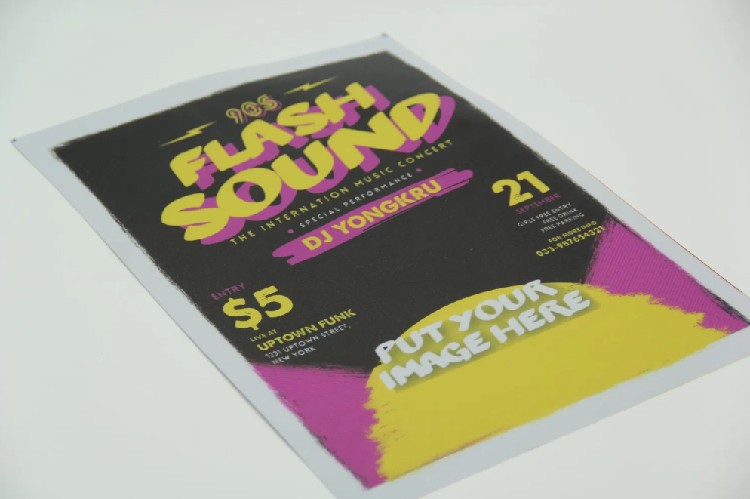Welcome!






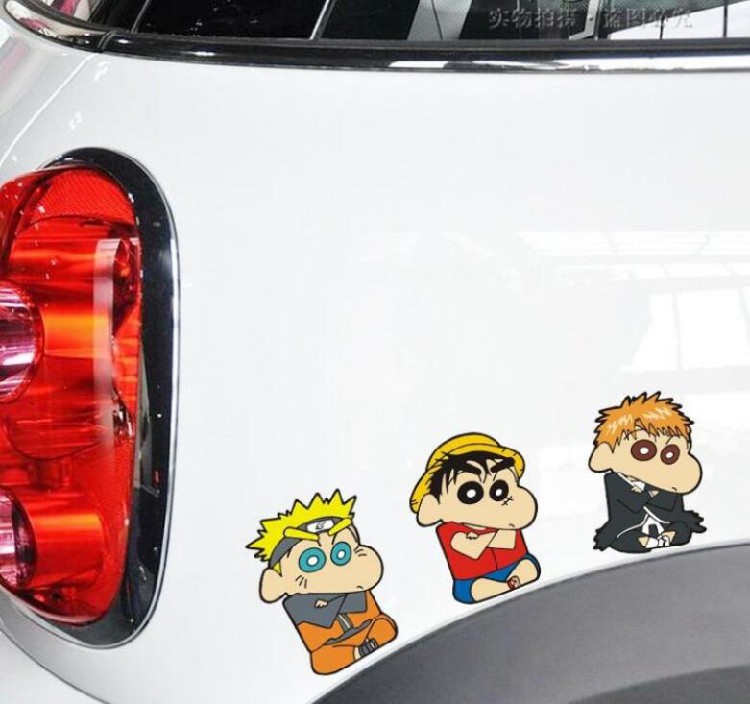
Car bumper stickers
Product Description
The material of car bumper stickers is usually self-adhesive labels, which have good adhesion and weather resistance and can adapt to various environmental conditions on the outside of the car. The backing material of the sticker can be various types of plastic films, such as polypropylene (PP) or polyethylene (PE), which are lightweight, durable, and easy to process into various shapes and sizes.

Benefits of car stickers
Personalized expression
Car bumper stickers are a popular way to express personalization. They can show the owner's interests, beliefs or sense of humor. The images, slogans or messages on the stickers can make the owner's vehicle stand out from the crowd and increase the vehicle's recognition and personality.
Protective function
Although mainly used as decorations, bumper stickers can also provide protection to a certain extent. They can cover scratches or small damage on the bumper, thereby extending the beauty and service life of the bumper.
Increase visual impact
The bright colors and unique designs of stickers can increase the visual impact of the vehicle, making the vehicle more eye-catching when parking or driving, thereby improving safety.
Notes
1. Choose a suitable location
When pasting car stickers, choose a conspicuous but unobstructed location. The roof, doors and windows are all good choices. Avoid choosing a location that easily blocks the view or affects the function of the vehicle.
2. Clean the surface of the car body
Before pasting, you need to ensure that the surface of the car body is clean and free of dust, oil and other impurities. You can use detergents such as alcohol or soapy water to wipe it to ensure that the sticker can be firmly adhered to the car body.
3. Use special car stickers
When purchasing, choose stickers suitable for cars and avoid using low-quality products. At the same time, choose stickers that coordinate with the color of the vehicle to enhance the visual effect.
4. Cut to the right size
Before pasting, the sticker needs to be cut to fit the size of the car body. You can use scissors or blades for cutting, but be careful to avoid cutting your fingers.
5. Pay attention to the angle and direction when pasting
During the pasting process, keep the sticker parallel to the surface of the car body to avoid bubbles or wrinkles. If possible, use a scraper or plastic plate to assist in pasting to ensure the effect.
6. Dry properly
After the sticker is pasted, you can let the car dry outdoors for a while to allow the sticker to adhere better to the car body. But pay attention to sun protection to avoid direct sunlight causing the sticker to fade.
7. Remove excess parts
After the sticker is completely dry, you can use tools such as erasers or knives to remove excess parts to make the sticker neater.
8. Regular inspection and replacement
Car stickers may wear, fade or fall off during use, so check them regularly and replace them in time if any problems are found.
Recommended Products
Recently Viewed
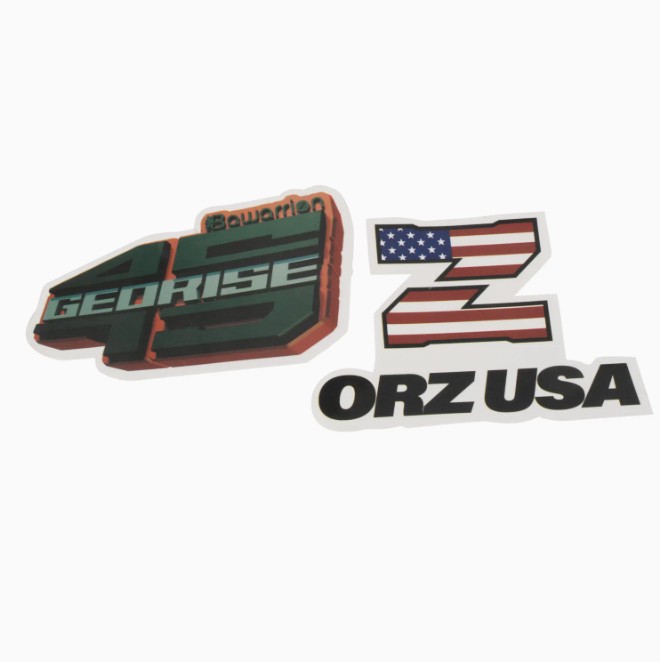 Car Stickers: Your Vehicle's Signature, Crafted to Last
Car Stickers: Your Vehicle's Signature, Crafted to Last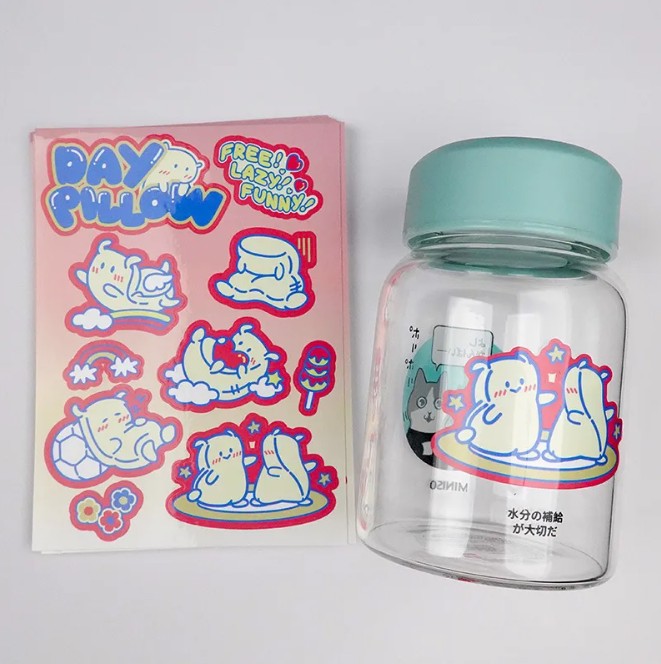 Car Stickers: Transform Your Vehicle, Express Your Story
Car Stickers: Transform Your Vehicle, Express Your Story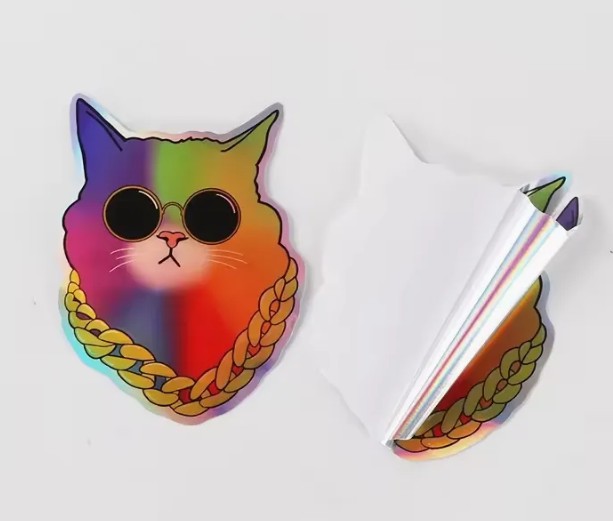 Unleash Your Ride's Personality: The Power & Protection of Car Stickers
Unleash Your Ride's Personality: The Power & Protection of Car Stickers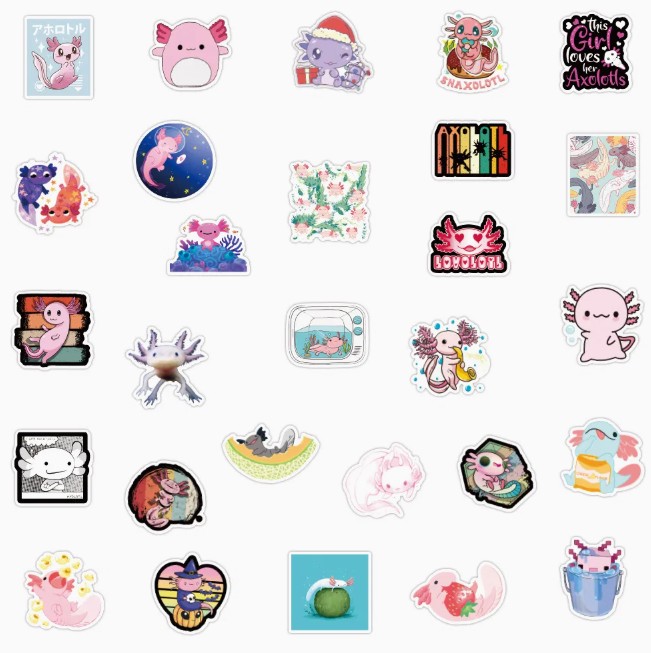 Transform Your Ride Instantly: Car Stickers for Expression, Protection & Impact
Transform Your Ride Instantly: Car Stickers for Expression, Protection & Impact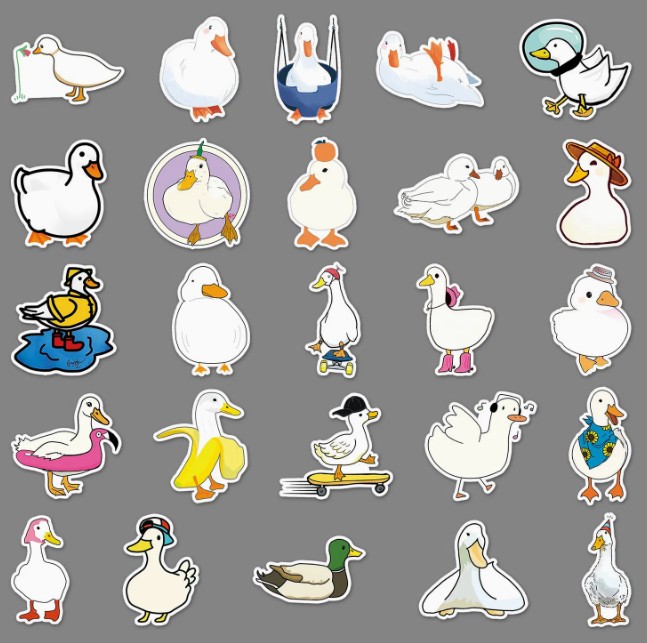 Premium Car Stickers: Express Yourself & Protect Your Vehicle
Premium Car Stickers: Express Yourself & Protect Your Vehicle
Contact Us
Guangzhou Beikaer Auto Accessories Co., Ltd.





